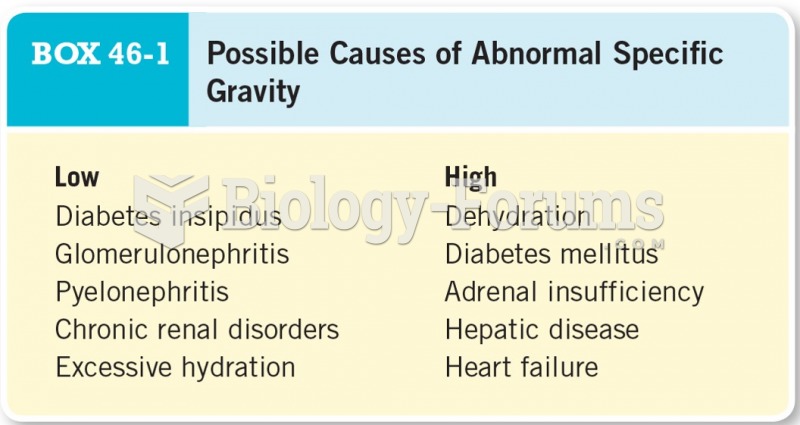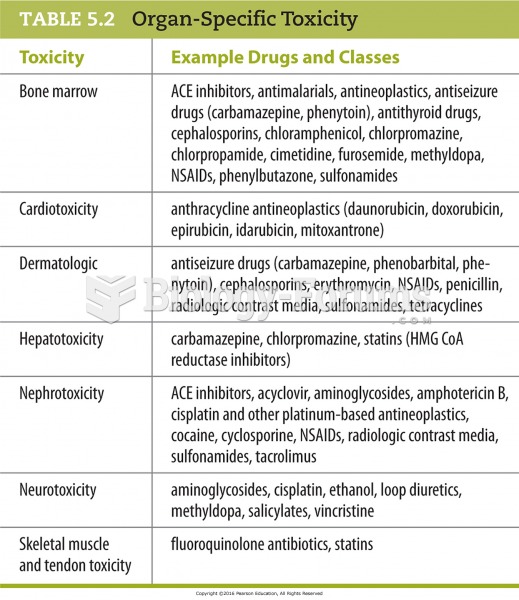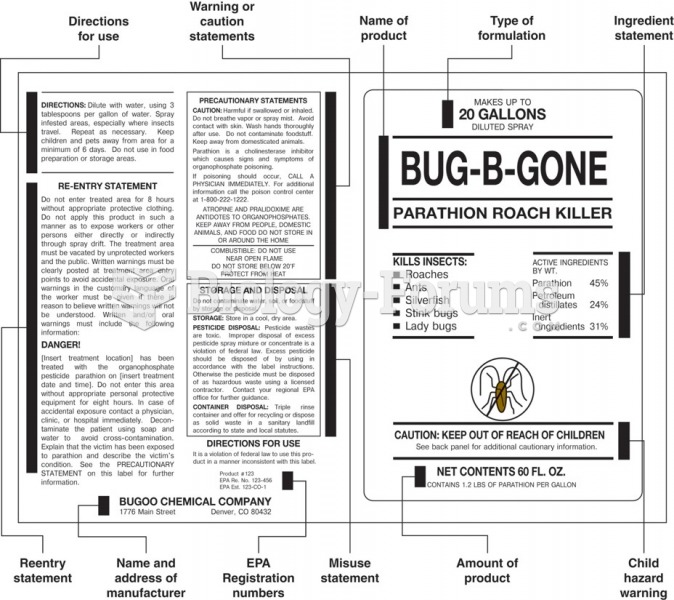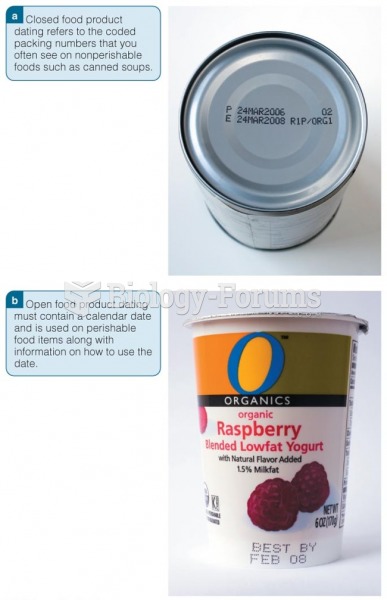Answer to Question 1
E
Answer to Question 2
Business products are usually purchased on the basis of an organization's goals and objectives. Business products can be classified into seven categories according to their characteristics and intended uses: installations; accessory equipment; raw materials; component parts; process materials; maintenance, repair, and operating (MRO) supplies; and business services.
Installations include facilities, such as office buildings, factories, and warehouses, and major equipment that is nonportable, such as production lines and very large machines. Normally, installations are expensive and intended to be used for a considerable length of time. Accessory equipment does not become part of the final physical product but is used in production or office activities. Examples include file cabinets, fractional-horsepower motors, calculators, and tools. Compared with major equipment, accessory items usually are much cheaper, purchased routinely with less negotiation, and treated as expense items rather than capital items because they are not expected to last as long.
Raw materials are the basic natural materials that actually become part of a physical product. They include minerals, chemicals, agricultural products, and materials from forests and oceans.
Component parts become part of the physical product and are either finished items ready for assembly or products that need little processing before assembly. Although they become part of a larger product, component parts often can be identified and distinguished easily. Spark plugs, tires, clocks, brakes, and headlights are all component parts of an automobile.
Process materials are used directly in the production of other products. Unlike component parts, however, process materials are not readily identifiable. For example, a salad dressing manufacturer includes vinegar in its salad dressing. MRO supplies are maintenance, repair, and operating items that facilitate production and operations but do not become part of the finished product. Paper, pencils, oils, cleaning agents, and paints are in this category.







